Criteria for Selecting Refrigerator Food Containers
Safe Materials
- Cool Compartment: When selecting containers for the cool compartment, it is recommended to choose plastic food containers made of safe materials such as PP plastic, HDPE, LDPE, and others.
- Frozen Compartment: For the frozen compartment, it’s best to opt for food containers made of PP plastic as it does not release harmful substances at low temperatures.
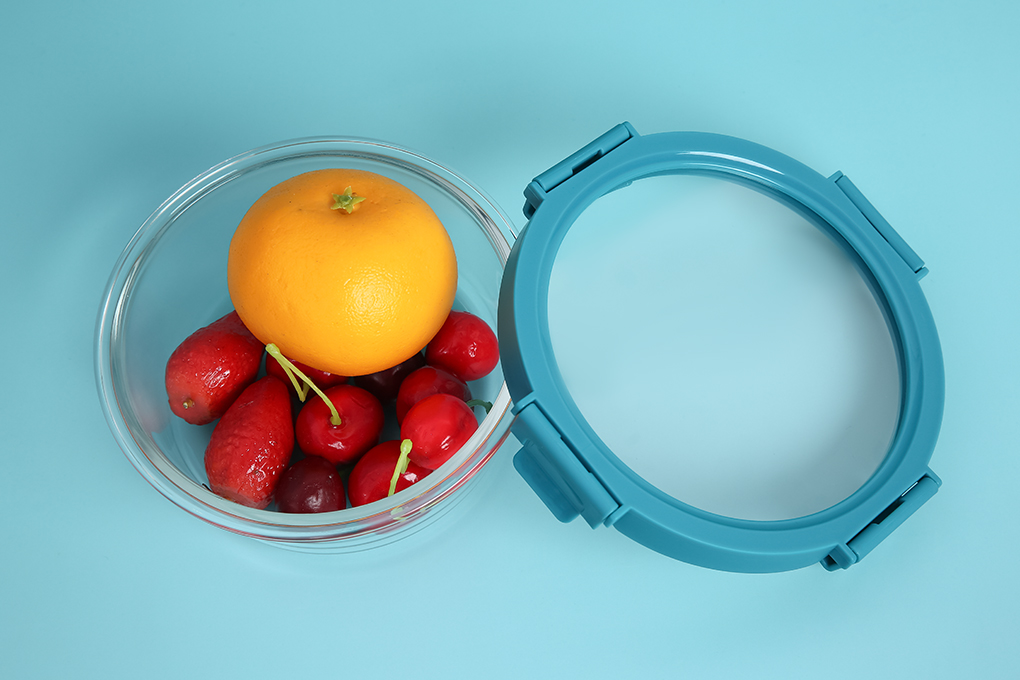
Heat Resistance
It’s important to choose food containers that can withstand both low and high temperatures. Containers that can handle temperatures from -20 to 140 degrees Celsius are ideal for both the frozen and microwave compartments.

Suitable for Both Compartments
Opting for food containers that can be used in both the frozen and cool compartments is practical and cost-effective.
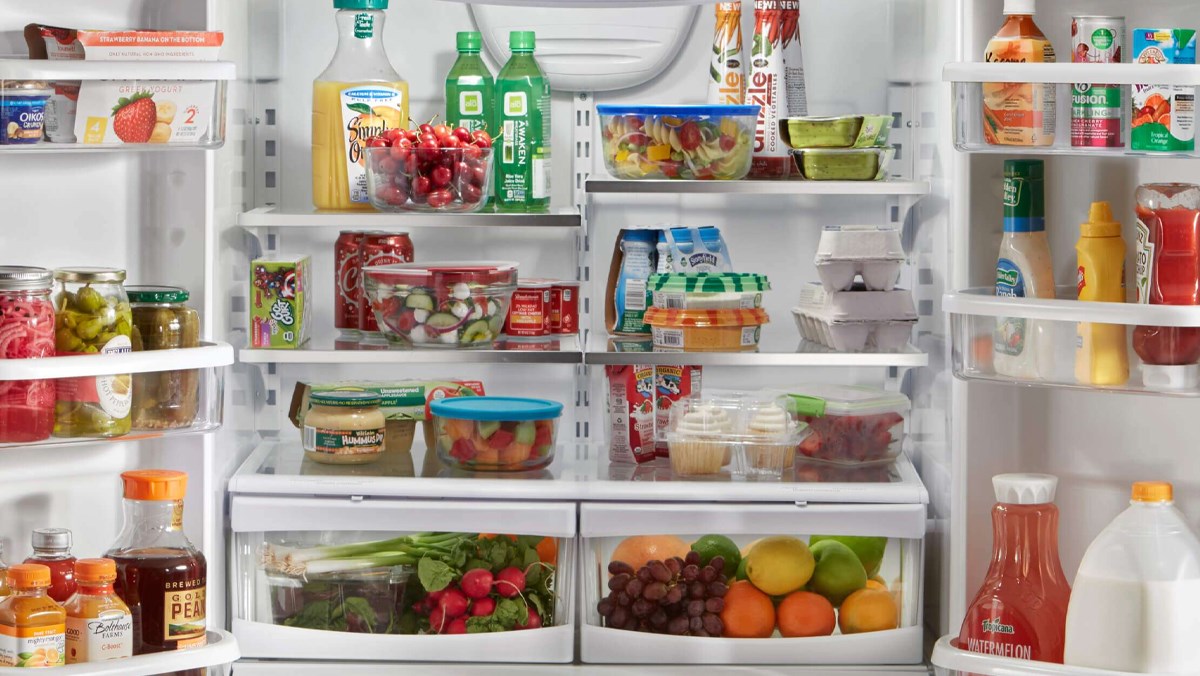
Suitable for Defrosting and Microwave Use
When using containers in the microwave, it’s important to choose those made of PP plastic that can withstand temperatures up to 100 degrees Celsius. Containers with a ventilation button on the lid are convenient for microwave use.

Rubber Seal on the Lid to Prevent Odor Mixing
Containers with a rubber seal on the lid help prevent odor mixing and keep the refrigerator free from unpleasant smells.
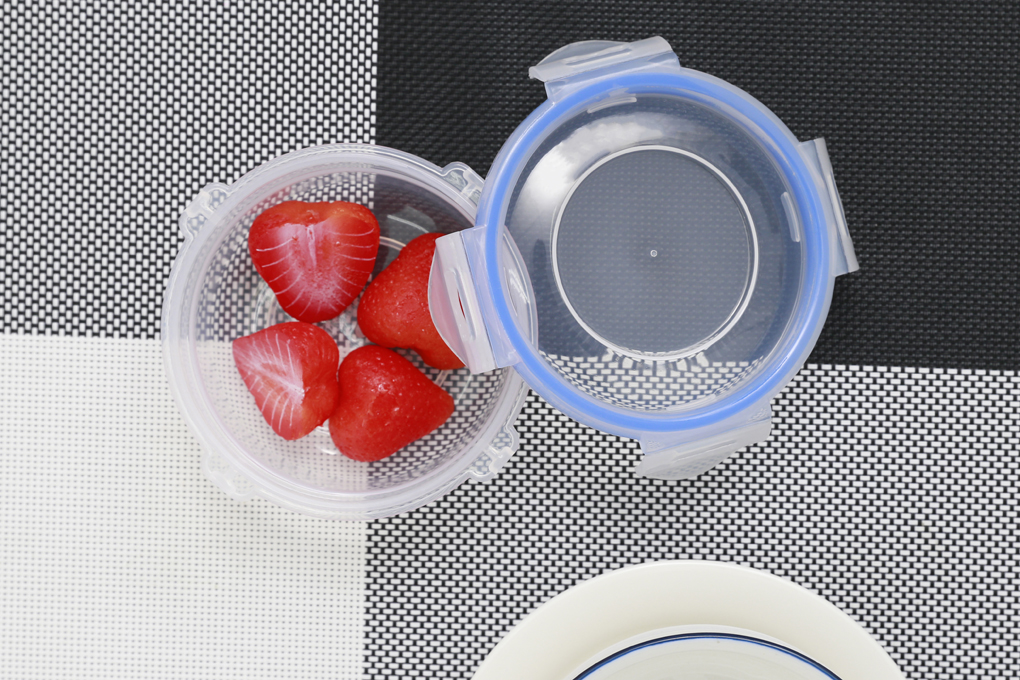
Tightly Sealed Lid to Prevent Water Leakage
For storing liquid food, it is recommended to choose containers with a 4-way locking lid to prevent water leakage.
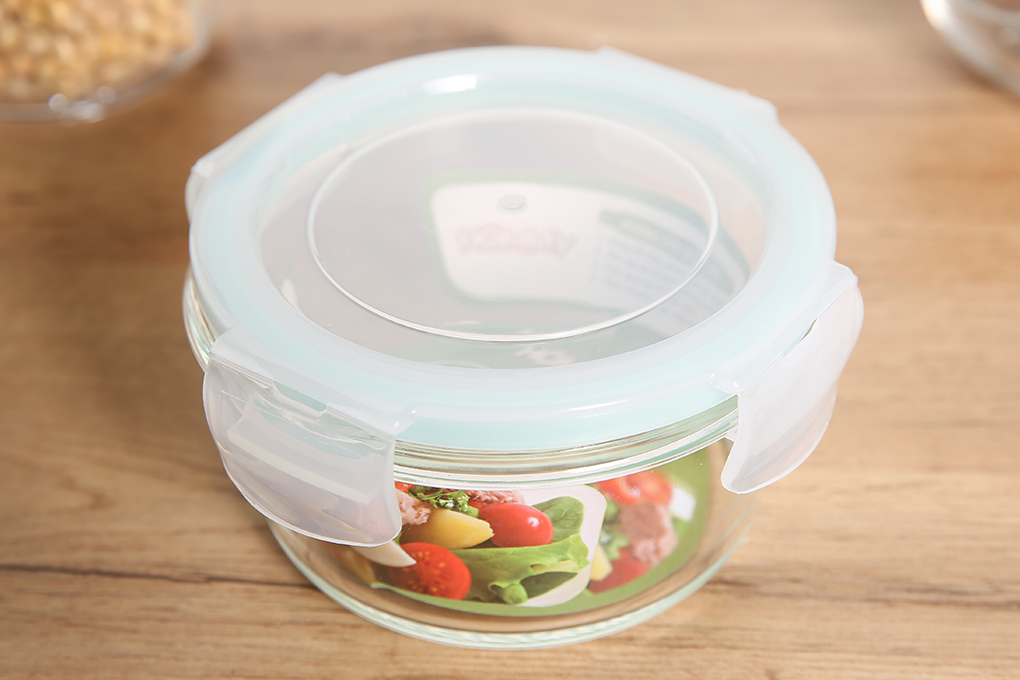
Lid with Steam Vent
Containers with a lid that has a steam vent make it easier to heat food in the microwave and prevent the container from becoming swollen or the lid from exploding due to pressure build-up.
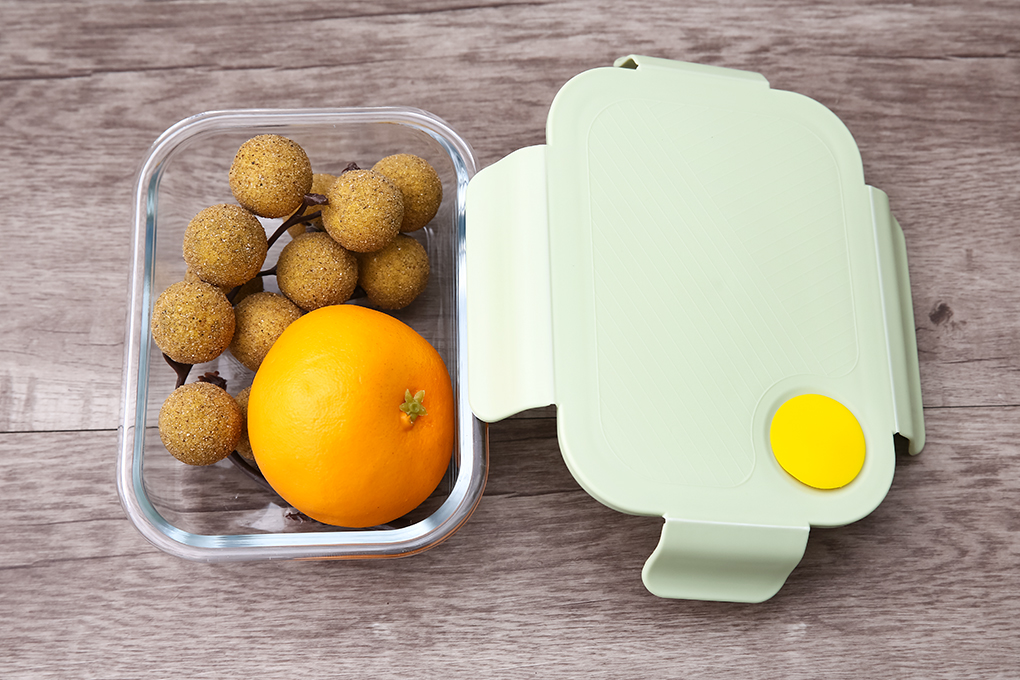
Notes on Using Food Containers in the Refrigerator
- Always keep the food container lid closed when storing food in both the frozen and cool compartments to prevent bacterial contamination.
- If a plastic container does not have a vent and is not microwave-safe, do not use it to cover food in the microwave to avoid accidents due to high pressure.
- Allow the container to sit at room temperature for 3-5 minutes before using it in the microwave to prevent thermal shock.
- Avoid using plastic containers in the microwave, as repeated use can lead to contamination and unpleasant odors.
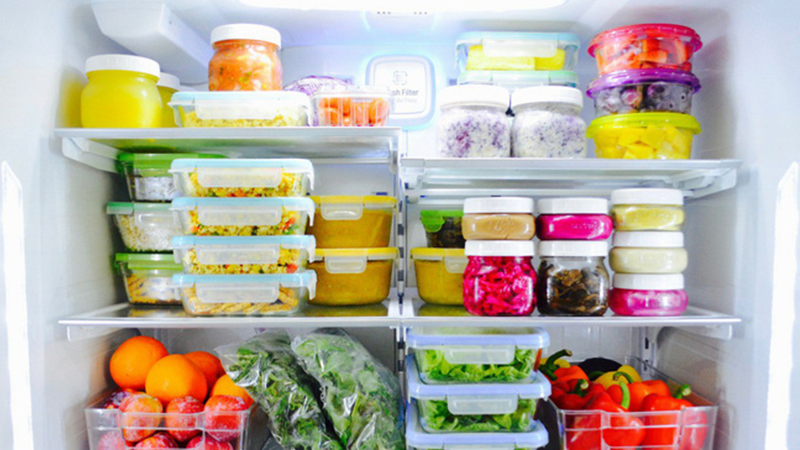
We hope this article has provided you with valuable information on selecting and using food containers in the refrigerator. If you have any questions or concerns, please don’t hesitate to reach out to us!





































